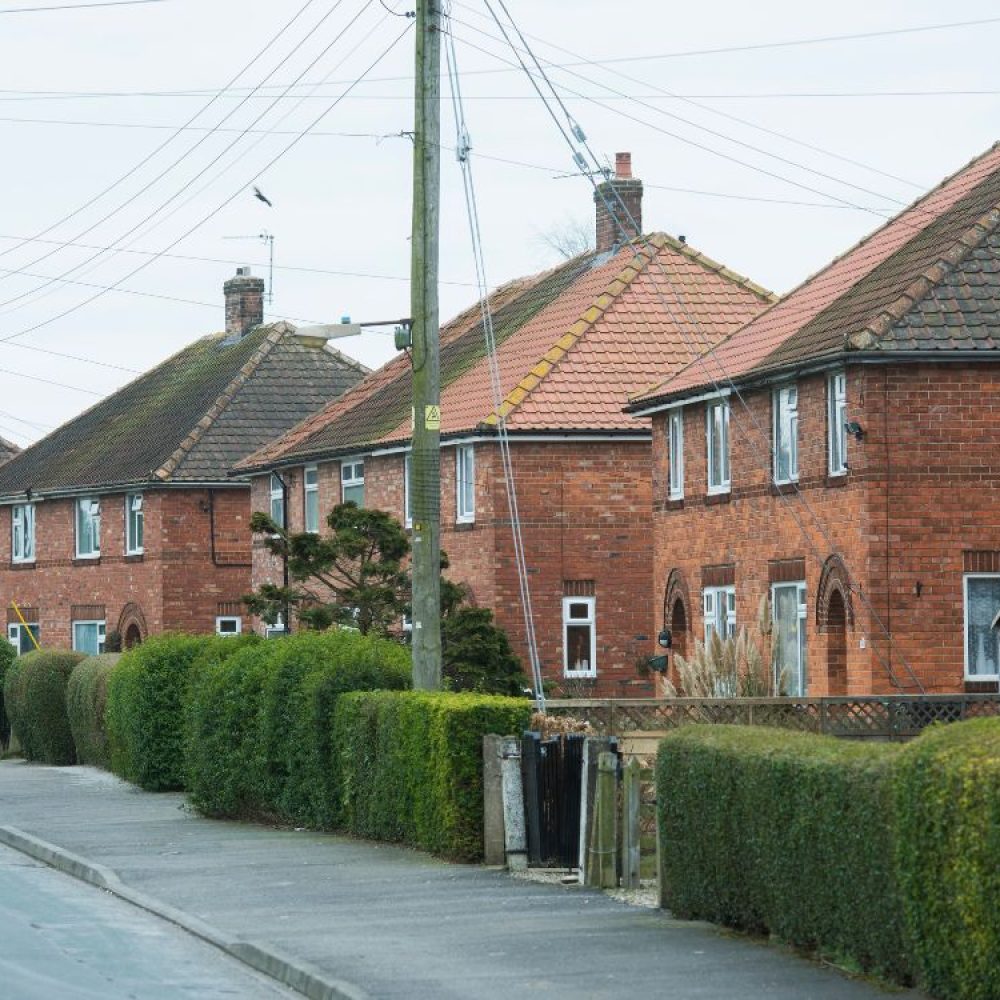
Home » Right to buy mortgages » Council House Mortgage
The Right to Buy scheme offers eligible council tenants in the UK the opportunity to purchase their council house at a discounted rate, making homeownership more accessible. This guide explores eligibility criteria, available discounts, and the process of securing a Right to Buy Council House Mortgage to help you make an informed decision.
The Right to Buy scheme, introduced in the 1980s, allows council tenants to buy their homes at reduced prices. It aims to empower tenants with the ability to own their property, transitioning from renting to homeownership. While the scheme is beneficial, it’s essential to understand the details, especially the financing options available, to make the most of this opportunity.
To qualify for the Right to Buy scheme, you must meet the following requirements:
Minimum Tenancy Duration: You need to have been a public sector tenant for at least three years (these years don’t need to be consecutive).
Property Usage: The home must be your primary or sole residence.
Exempt Properties: Certain properties are excluded, such as those designated for elderly or disabled tenants or homes managed by housing associations unless a voluntary Right to Buy scheme is in place.
Checking your eligibility on the official government website can provide clarity before proceeding.
Contact us today to discover how our Right to Buy mortgage solutions can help you purchase your council home with ease.
Contact us nowThe Right to Buy scheme offers substantial discounts based on the type of property and the length of your tenancy. Here’s a breakdown:
For Houses: The discount starts at 35% of the market value after three years of tenancy. For each additional year, the discount increases by 1%, up to a maximum of 70% or the regional cap, whichever is lower.
For Flats: The discount starts at 50% after three years of tenancy, increasing by 2% each additional year, with the same 70% cap.
Discounts are subject to regional caps. As of 2024:
Keep in mind that these figures can change, so consulting the latest guidelines or using the Right to Buy discount calculator is recommended.
Financing your home purchase under the scheme often requires securing a mortgage. Here’s how it works:
Using the discount as a Deposit: The Right to Buy discount can often act as your deposit, reducing the upfront costs.
Lender Requirements: Lenders will assess your income, credit history, and regular expenses. Some may still require additional savings to cover a portion of the deposit.
Mortgage Deals: Many lenders offer mortgages tailored to Right to Buy applicants, so it’s worth shopping around for the best rates.
In October 2024, the government introduced adjustments to the Right to Buy scheme, including:
A rollback of discounts to 2012 levels in an effort to balance the demand for council housing with supply.
Allowing local councils to reinvest 100% of the receipts from Right to Buy sales into new housing stock.
These changes highlight the importance of staying informed about policy shifts to make timely decisions.
While the Right to Buy scheme is an excellent opportunity, it’s not without its challenges. Here are some crucial factors to consider:
Affordability: Calculate long-term costs such as mortgage repayments, maintenance, and insurance. Owning a home involves additional responsibilities compared to renting.
Resale Restrictions: If you sell the property within five years, you may need to repay part of the discount.
Repairs and Maintenance: Once you own the property, you’ll be responsible for all maintenance and repairs, which could add significant costs over time.
The Right to Buy scheme is a game-changer for UK residents looking to transition into homeownership. By understanding the eligibility criteria, discount structure, and financing options like a Right to Buy Council House Mortgage, you can confidently take the first steps toward owning your home.=
Before diving in, consult with financial advisors and mortgage specialists to ensure that this significant investment aligns with your financial situation and long-term goals. Staying informed about updates to the scheme will help you maximise the benefits while avoiding potential pitfalls.
Eligibility criteria include:
Yes, many lenders allow the Right to Buy discount to serve as a deposit, reducing the need for additional upfront funds. However, some lenders may still require a personal contribution towards the deposit.
Recent policy updates include:
These changes aim to address housing shortages and manage the social housing stock more sustainably.
As a homeowner, you’ll be responsible for:
It’s essential to consider these ongoing costs before purchasing.
Yes, but if you sell within the first five years, you may need to repay a portion of the discount. The amount decreases each year and is based on the property’s market value at the time of sale.
If you’re not eligible for Right to Buy or decide it’s not suitable, other government schemes can assist in purchasing a home, such as Shared Ownership or Help to Buy.
For more information on the Right to Buy scheme and associated mortgages, consult the UK Government’s official guide or seek advice from a qualified mortgage advisor.